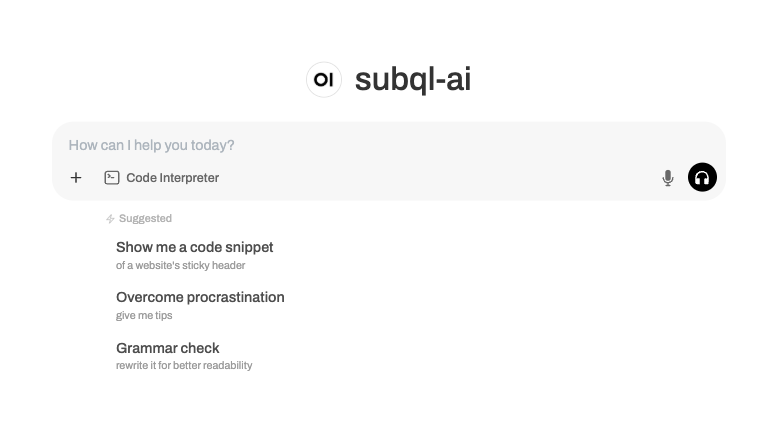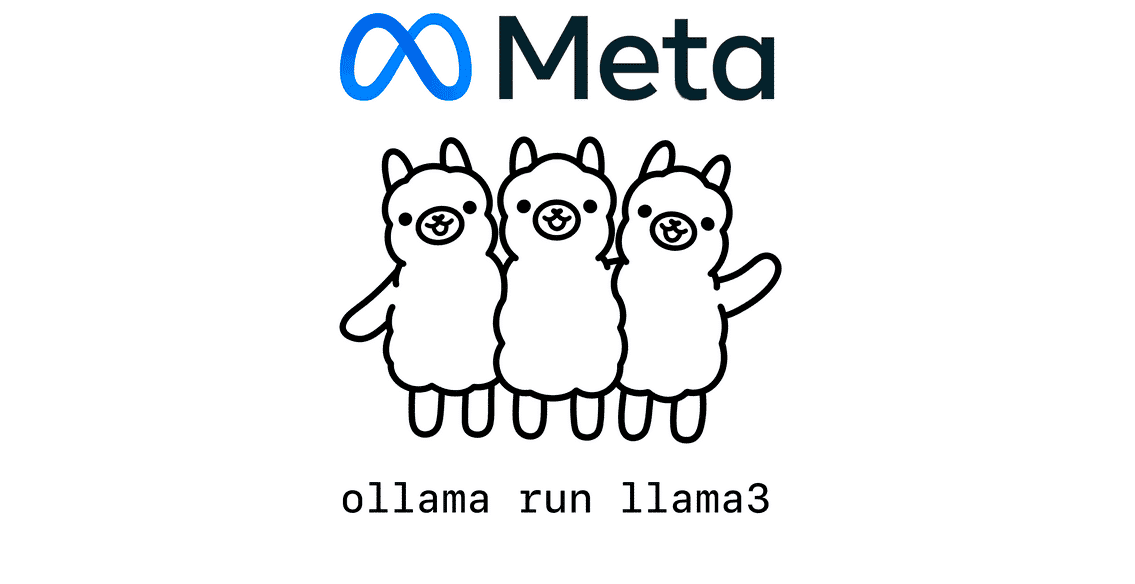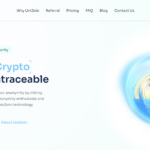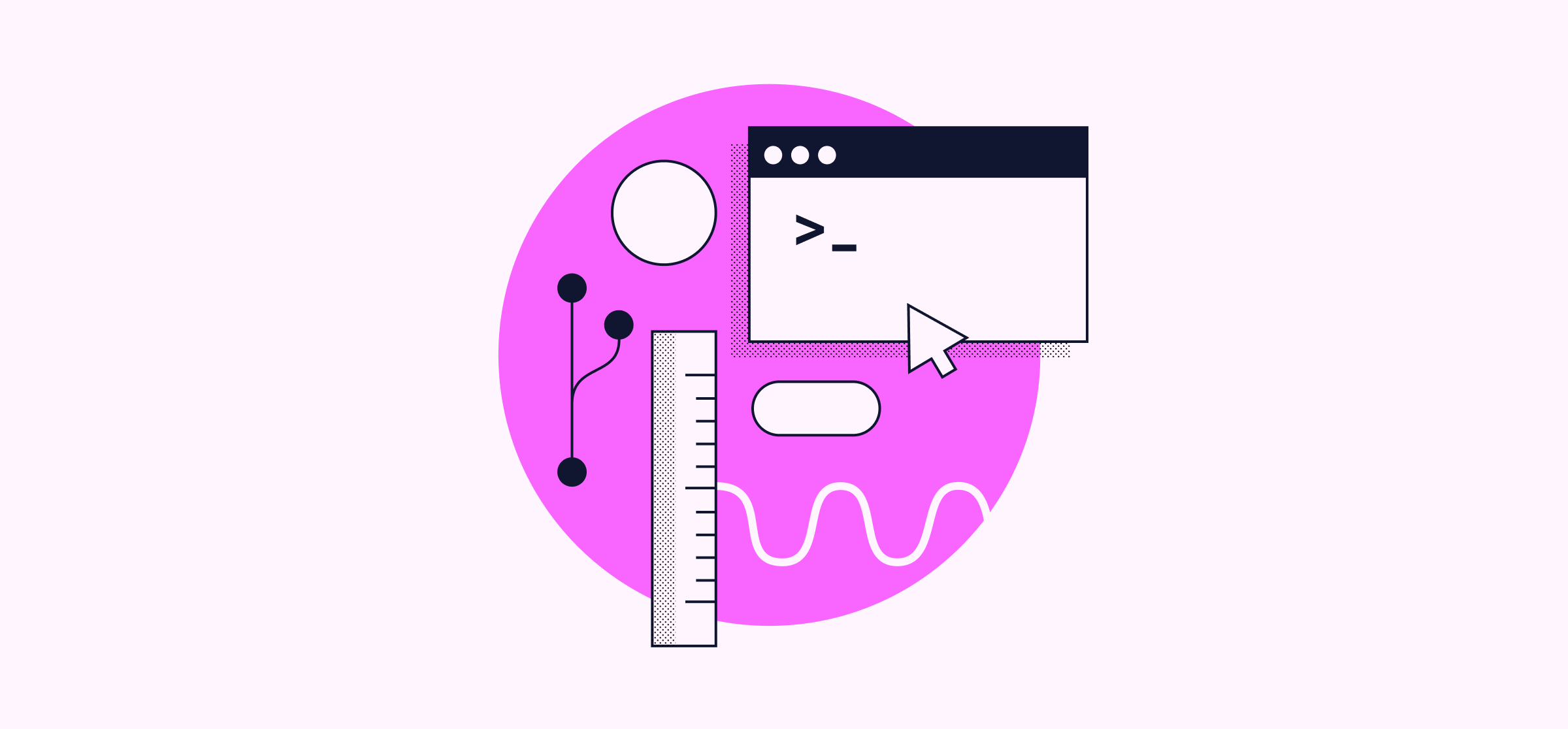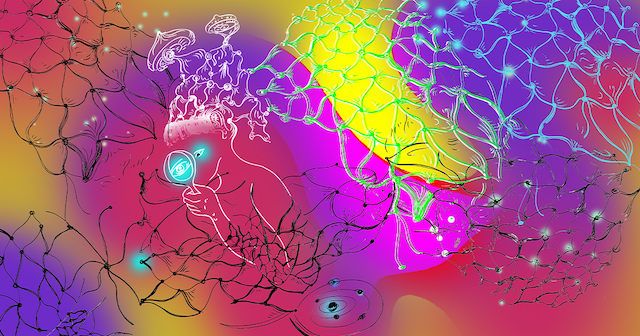What is the Waterfall Model?
The waterfall model follows a linear sequential flow where each phase of development is completed and approved before the next begins. Here's how it works. The post What is the Waterfall Model? appeared first on Codecademy Blog.

Developing software can be costly, and building the application itself is only a small step in the Software Development Life Cycle (aka SDLC). There are many steps that occur before and after, from planning to testing and releasing the app. The exact number of steps depends on which software development methodology a tech team uses, but many dev teams rely on the waterfall model.
The video below provides a quick overview of the waterfall model and how it works. Read on to learn more details about when and how to use the waterfall model and how it compares to other software development methodologies.
Waterfall phases
The goal of the waterfall model is to create a minimum viable product (aka MVP). The waterfall model follows a linear sequential flow where each phase of development is completed and approved before the next begins. Each phase’s deliverables are used during later phases. This process helps reduce errors as a project progresses through these stages.
- Analysis. Requirements are discussed, resources are gathered, and a document is created to show each step in the process.
- System Design. The requirements from the first step are used to prepare the system design. The system design specifies system requirements, system hardware, and system architecture.
- Testing. Each unit is tested, then merged with the system. The system is then tested for possible failures.
- Implementation. System design is used to create programs named units, which will be used in the testing phase. Each unit is tested for operational integrity.
- Deployment. The software is done and handed over to the client or made available to other users in the marketplace (for example, the Apple Store).
- Maintenance. Patches, bug fixes, or updated versions of the software after its release.
Learn something new for free
Waterfall & the SDLC
The waterfall model aligns with the SDLC, which breaks development down into six phases:
- Requirement analysis
- Software design
- Planning
- Software development
- Deployment
- Testing
The waterfall model adds to the SDLC methodology by adding the time and duration it takes to complete each step.
When to use the waterfall model
Different development models are used for different projects, and the waterfall model is best used when:
- You have a clear concept for a software project that doesn’t involve complicated procedures.
- You have a concrete, unchanging development plan and a clear understanding of requirements.
- There’s little room for error, so it’s unlikely you’ll have to repeat any phases.
- Costs are low and software requirements are uncomplicated and straightforward.
Software engineers use the waterfall model as an attempt to “get it right on the first try” with a high level of quality and completeness. A waterfall-model-driven software project should be about predictability, load time, vulnerability, traffic, and compliance that is supported by robust testing and documentation. Waterfall tends to be more suitable for projects where the final product has to meet stringent quality standards and where changes can be costly and time-consuming, like in healthcare and banking clients.
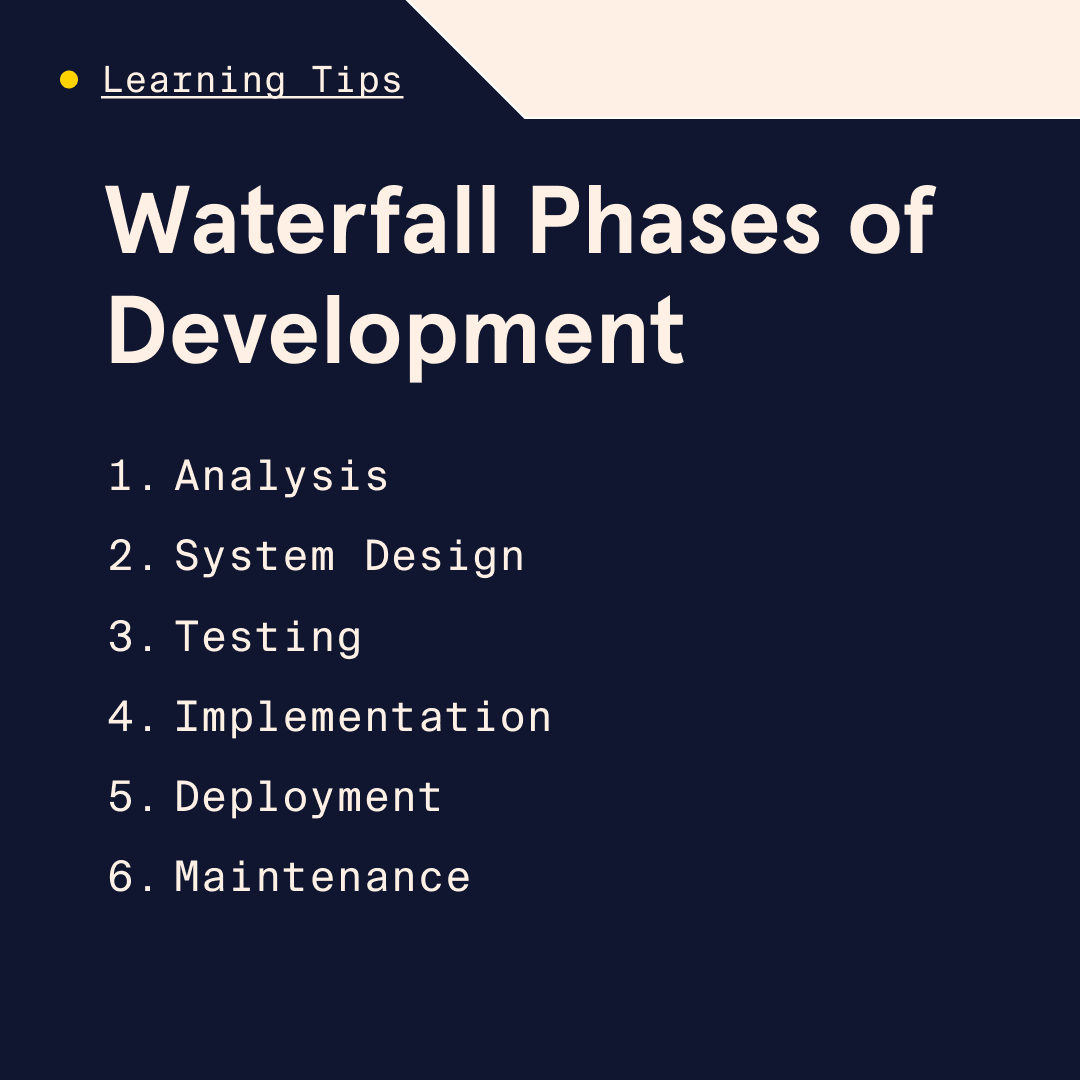
Other software models
Each model has its advantages and disadvantages, and sometimes you can even use different models in tandem. Some of the other popular development models include:
- Iterative (incremental) model. This model addresses some of the waterfall model’s shortcomings. It begins with planning and ends with deployment, but unlike with the waterfall model, cycles are repeated. Each cycle has a new set of requirements. As the software evolves, new iterations are built off the prior one. With this model, work can begin immediately, but resources are consumed quickly as processes are repeated. The iterative model poses risks due to all the changes, unknown costs, resource requirements, and uncertain deadlines.
- The V model. The “V” stands for validation or verification. This model expands on the ideas in the waterfall model. But instead of the work flowing in a linear progression, the V model flows down to the coding phase, then turns and ascends to form the V shape. This model involves more early-stage testing than the waterfall model. In fact, each stage involves extensive testing. This gives the development team the ability to find errors in the requirements, code, and architecture. Fixing those errors, though, can be costly as the path to repairing them exists outside this model.
- Spiral model. The spiral model requires team members working on a project to have strong risk assessment skills. There are four phases: planning, risk analysis, engineering, and evaluation. The number of loops in the spiral corresponds to the project itself. A spiral project usually takes around six months. It combines features of the waterfall and prototyping models with a focus on design. The customer reviews each cycle during development but has no input during engineering.
- Prototyping model. This model attempts to fulfill the user’s needs or wants in a software project by creating prototypes. A prototype is created to mirror the final product before it is built. The prototype is defined, tested, and refined from customer feedback and input. If the customer accepts it, then the team builds the final product. The developer spends lots of time building the prototype (there might be more than one). With that in mind, a cap is placed on the total number of iterations. Once in development, no more changes can be made.
- Scrum model (an Agile methodology). The Scrum model breaks the software development process into ”sprints.” These sprints last up to four weeks, during which time the previous sprint is assessed, new features are added, and the next sprint is planned. These sprints continue until all the new features are added and the product is released. Collaboration between teams, the organization, and the end user help reduce errors that can occur due to poor communication. This collaboration can help bring a product to market faster.
- Kanban model (an Agile methodology). Unlike the other models discussed so far, the Kanban model allows for few, if any, iterations. And when sprints are used, they can be as short as a day as opposed to weeks in the Scrum model. Kanban is a board with sticky notes used to outline a project. It allows the team to focus on the specific details around a development project.
Waterfall vs Agile
Agile was created to improve on the waterfall model. The goal of the Agile methodology is better software created effectively and efficiently with a focus on collaboration, communication, and constant change. As a result, there are several Agile development models out there, but they all use the same elements:
- Teamwork
- Cross-functional collaboration
- Iterative development
- Early customer feedback
- Automation and speed
While Agile emphasizes rapid iteration and flexibility, allowing for continuous feedback and quick adjustments, waterfall focuses on completeness and getting it right the first time. Agile tends to be better suited for projects like social media apps or online stores, where the ability to quickly adapt to user feedback and evolving requirements is more important than initial perfection.
Advantages and disadvantages of the waterfall model
The waterfall model is one of the most popular software development methodologies because:
- It’s easy to manage due to specific deliverables and review process.
- It’s easy to understand and use.
- Phases are completed one at a time.
- It works well for small or large projects.
- It’s easy to understand milestones.
- The process from beginning to end is well documented.
While all these points are important and suggest a software development model that doesn’t leave room for errors, there are disadvantages to using the waterfall model. The biggest is that it doesn’t allow for revisions or other changes once the software is in the testing phase. Here are some of the waterfall method’s other disadvantages:
- There’s only one cycle and that’s the end of the project.
- There are risks and uncertainties, especially if a step is missed or not documented.
- Project requirements may change.
- Progress can be slow and hard to measure.
- The scope of the project may cause it to end prematurely.
- Add-ons as the result of technology, business, or customer input happen toward the end of the project instead of early in the development, which may cause the software to fail once released.
Learn more about software development methods
The waterfall model is just one of the many choices engineers and developers have for a software development workflow. But it’s also the most popular. Whether you’re starting your first role on a technical team or choosing the right method to implement for your startup idea, understanding this industry-standard process will can help further your technical career.
Want to learn more about how software is made? Check out our coding courses to learn first-hand.
Related courses
The post What is the Waterfall Model? appeared first on Codecademy Blog.
What's Your Reaction?










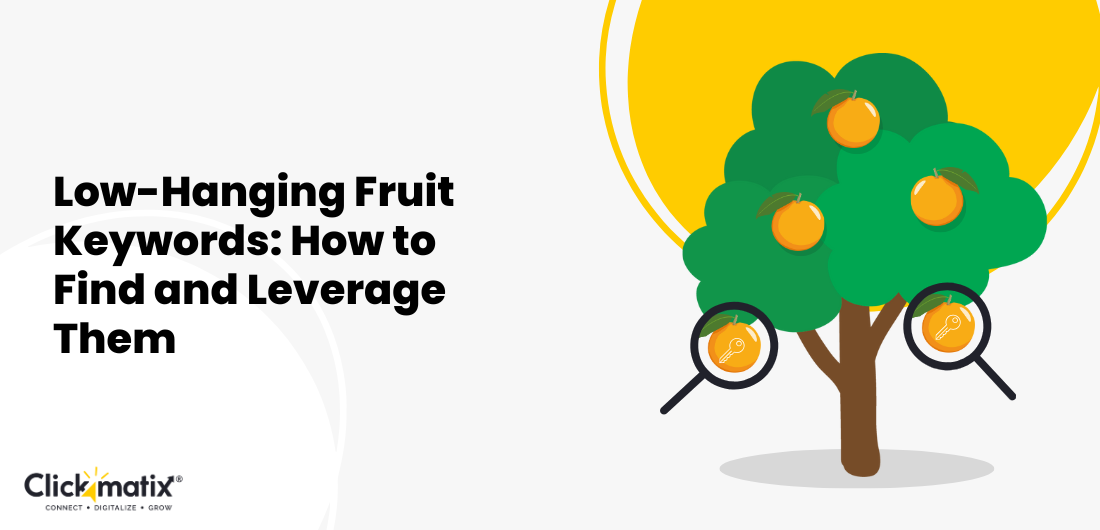


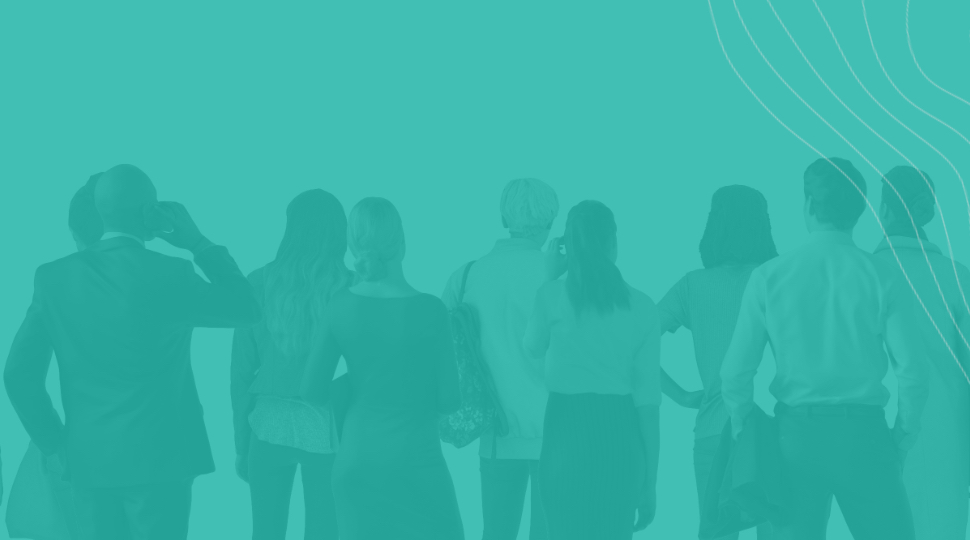

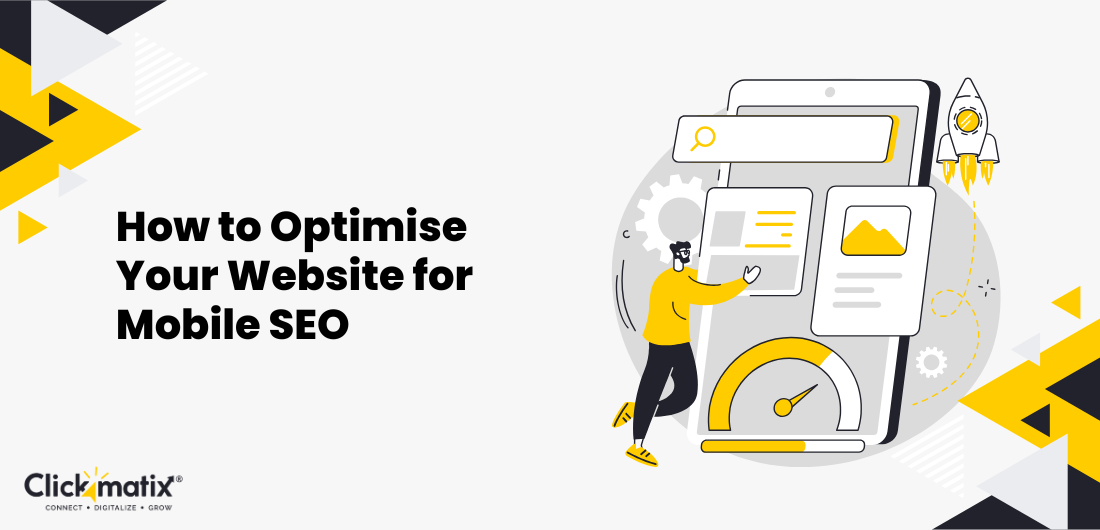
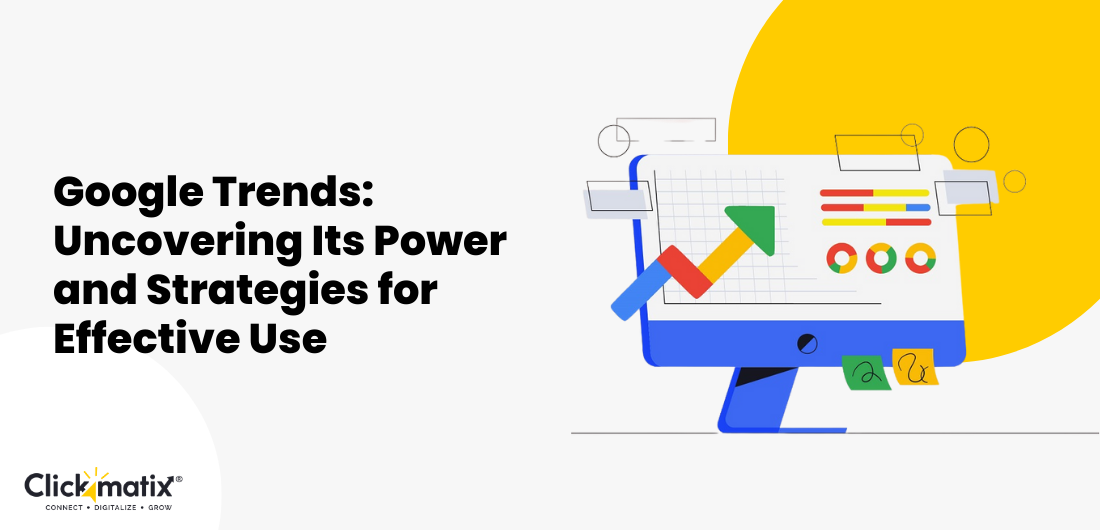
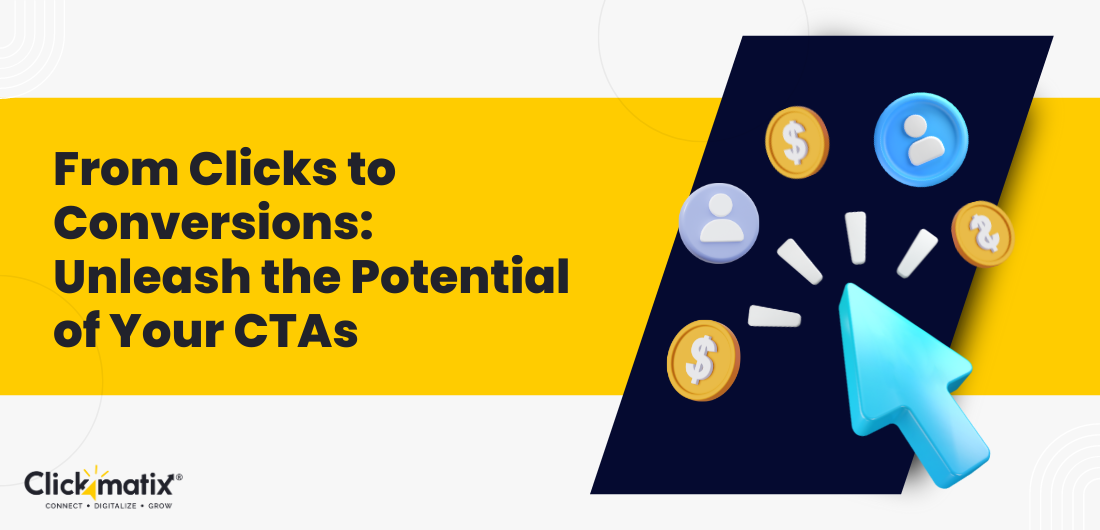

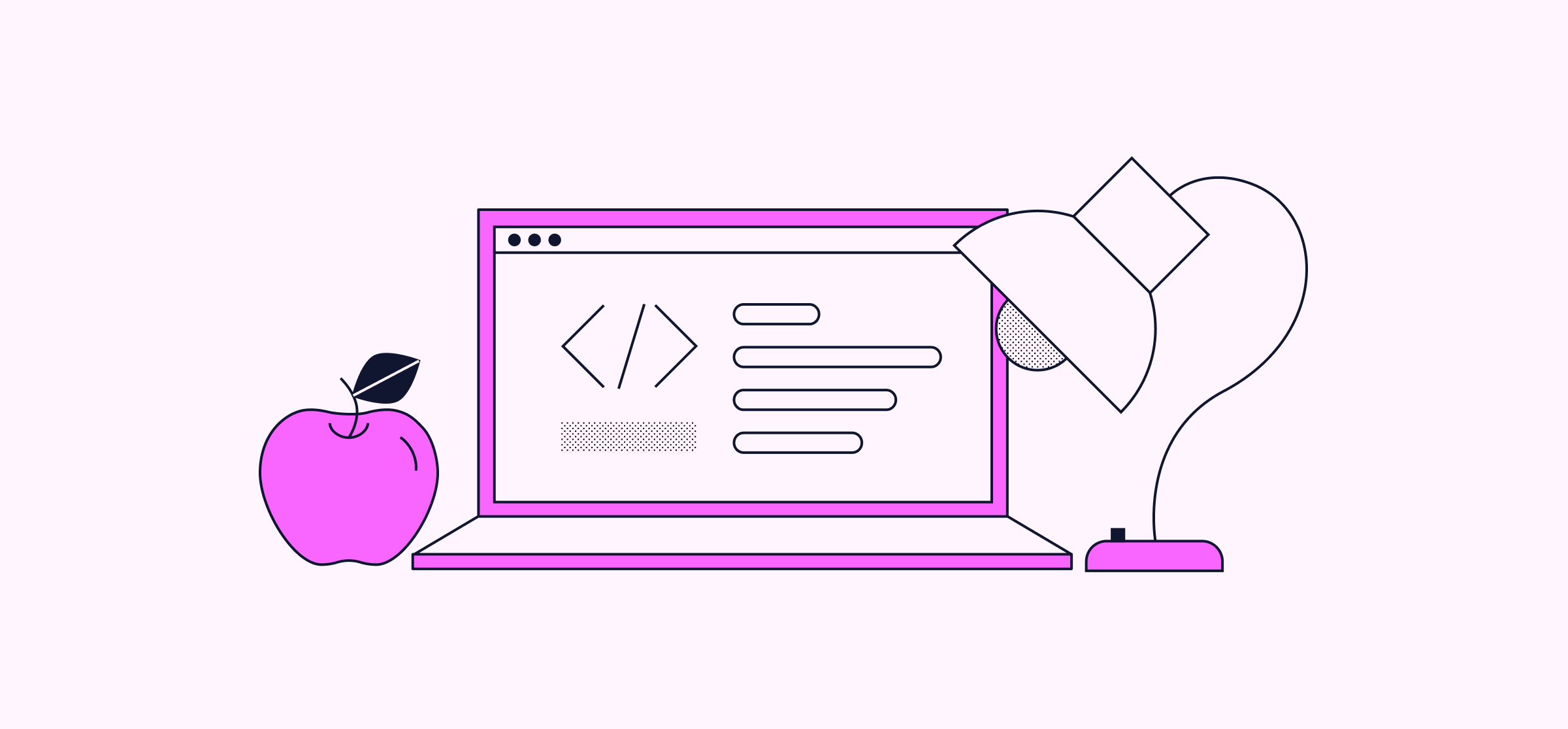

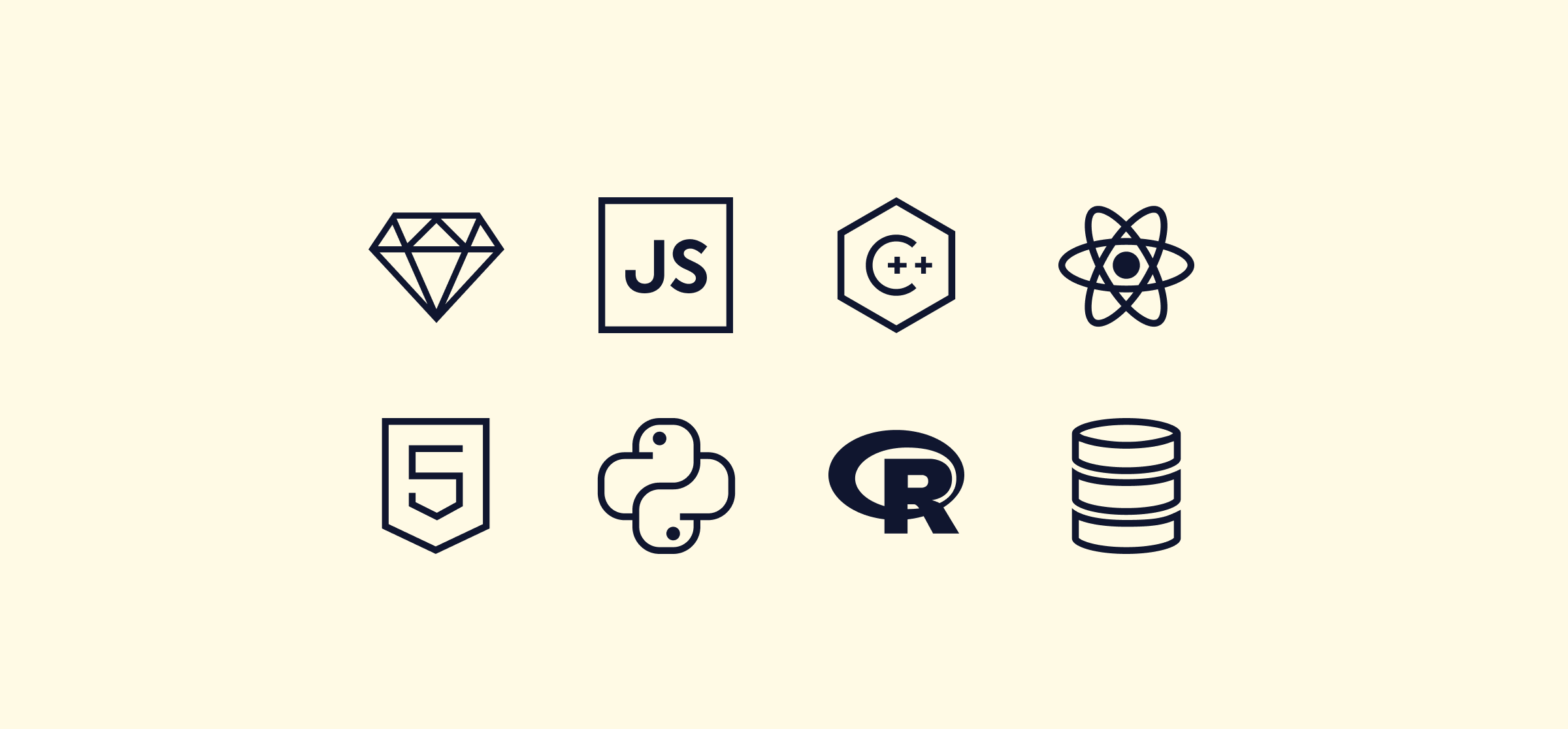


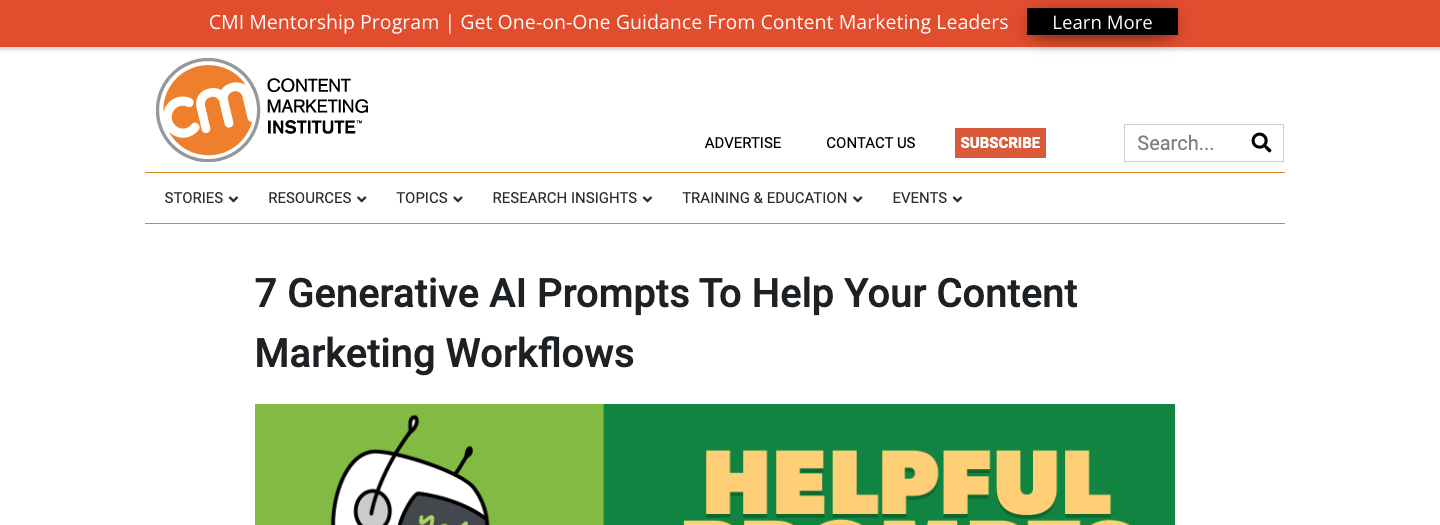







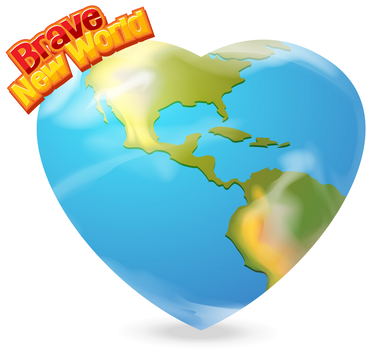







.png)






















